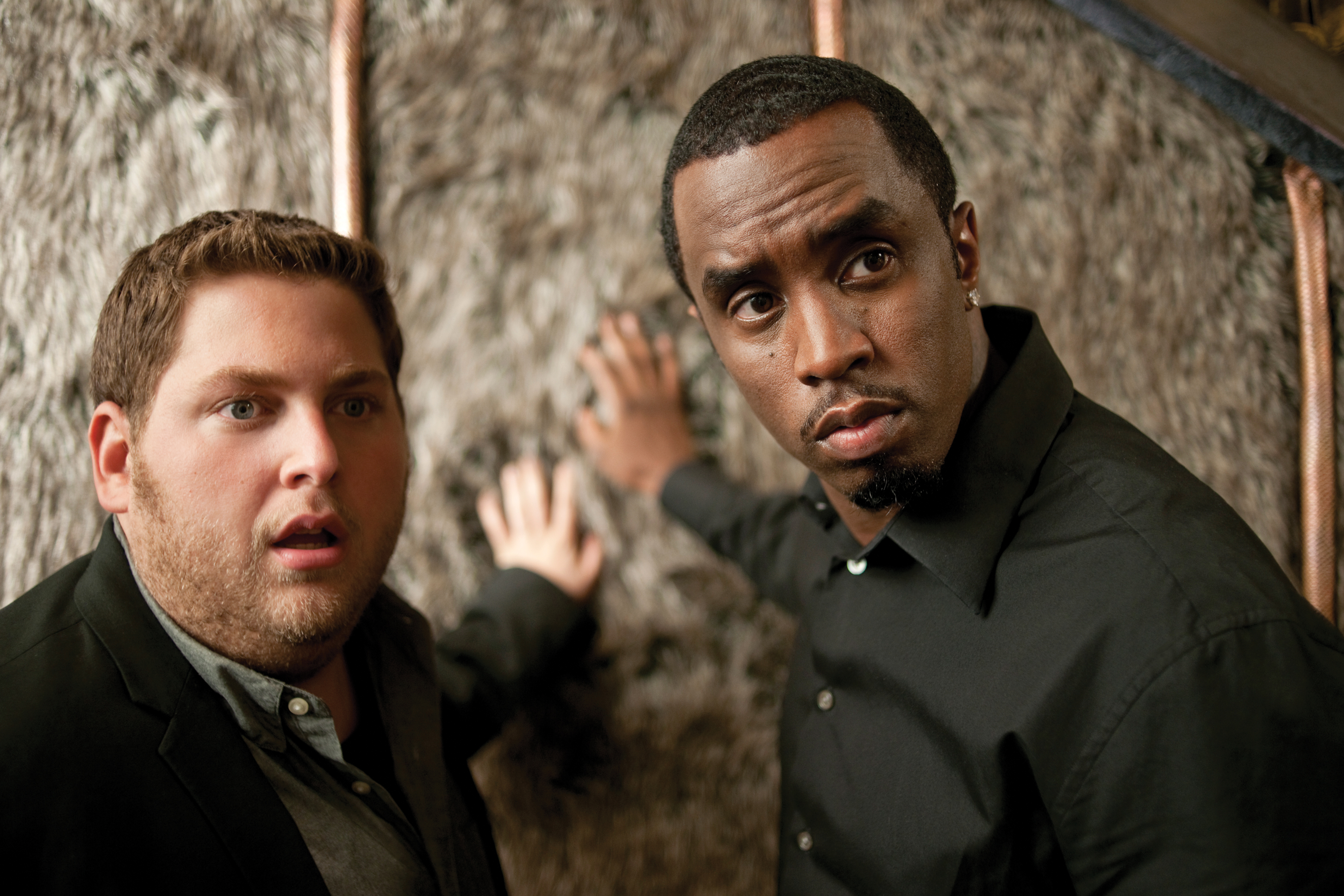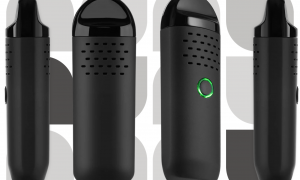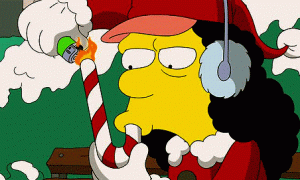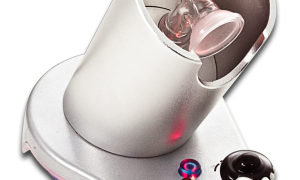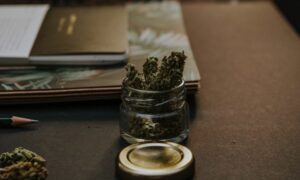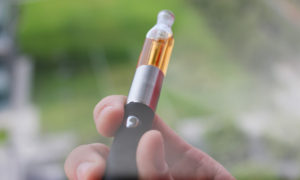Is weed really stronger than it was in the 70s?
I wouldn’t know. My mum wouldn’t, but my dad might. Either way, there’s plenty of speculation from oldtimers, policy makers, media and pop culture that suggests it certainly has.
I agree that some of the shit we get our hands on today is pretty full on. Even if you’re a regular smoker, it can rock your socks off. Many people believe the increase of weed potency is a myth. It does coincidently begin at the same time as the War on Drugs and the idea of an increase in potency is a media outlet’s wet dream.
Could the heavy use of hydroponics be to blame? That’s where Snoop Dogg says he got the word the “chronic”. In a hazy interview with Seth Rogen, the Dogg explains how in the 90s he was offered some new, very strong weed. After he was heaps bent, he asked what it was called and instead of hearing “hydroponic”, he heard “the chronic”. It seems to me that this has something to do with it. We’re now able to grow weed quicker and cheaper – could it not have an effect on its strength? Also, some of these hydroponic setups are natural but some aren’t and use plenty of chemicals in the water to try to boost the quality and potency of the product.
Some of you may be happy to take Snoop Dogg’s word, but I’d rather hear it from doctor. There seems to be an overwhelming amount of research that indicates that the THC content in commonly found weed is much higher than records of previous strains. It’s likely that the weed we have in circulation now has been cross-bred more times since the 70s and therefore genetically modified to have higher THC concentrations. However, the fact that there are new strains, some of which have higher concentrations, doesn’t mean that these strains are more common. One study by a guy called Gary Potter in 2011 found that “Dutch weed” — the common strains from coffee shops in the Netherlands — were found to have increased THC potency since the early 90s, but this reached its peak in the early 2000s. Since then no significant increases have been made. A similar lack of evidence is found for THC increases in Australia and NZ from academic L.A King in 2004.
It could also be the way we’re smoking it. It’s obvious that bongs and dabs are much more in use now than they have ever been. The calssic joint was presumably the way to go in the 70s and we can all agree that a bong or dab compared with a joint is chalk and cheese when it comes to getting really grilled.
At the end of the day, this writer reckons there probably are more strong strains of weed, but they’re probably not in as heavy circulation as some people think.
So next time you find yourself greening out, it’s probably the party CP, not the strain.
Sources: Tom Decorte, Gary R. Potter and Martin Bouchard 2011, “World Wide Weed”, Global Trends in Cannabis Cultivation and its Control, Part II, 6, p. 98
L.A. King, C. Carpentier and P. Griffiths 2004, “An overview of cannabis potency in Europe”, Insights no. 6, Lisbon, EMCDDA


